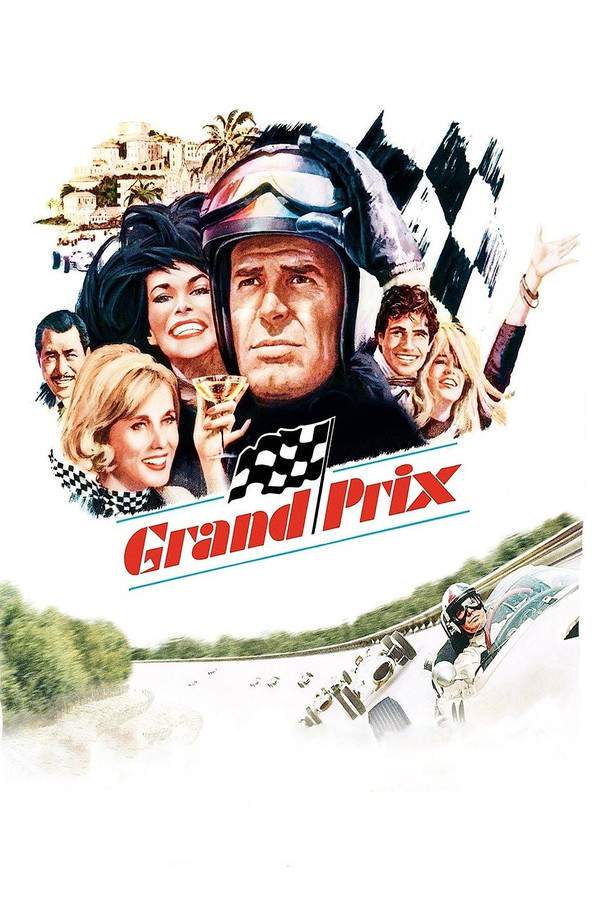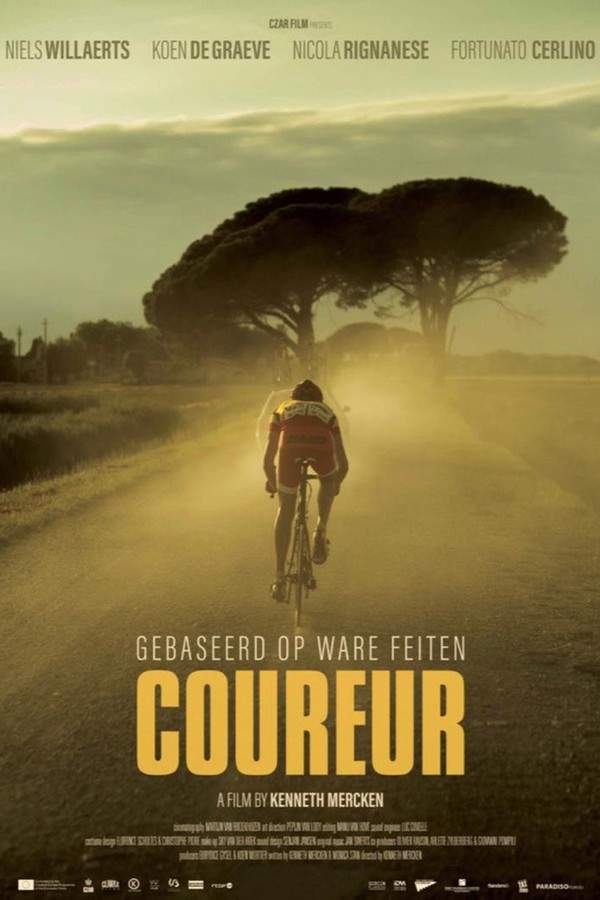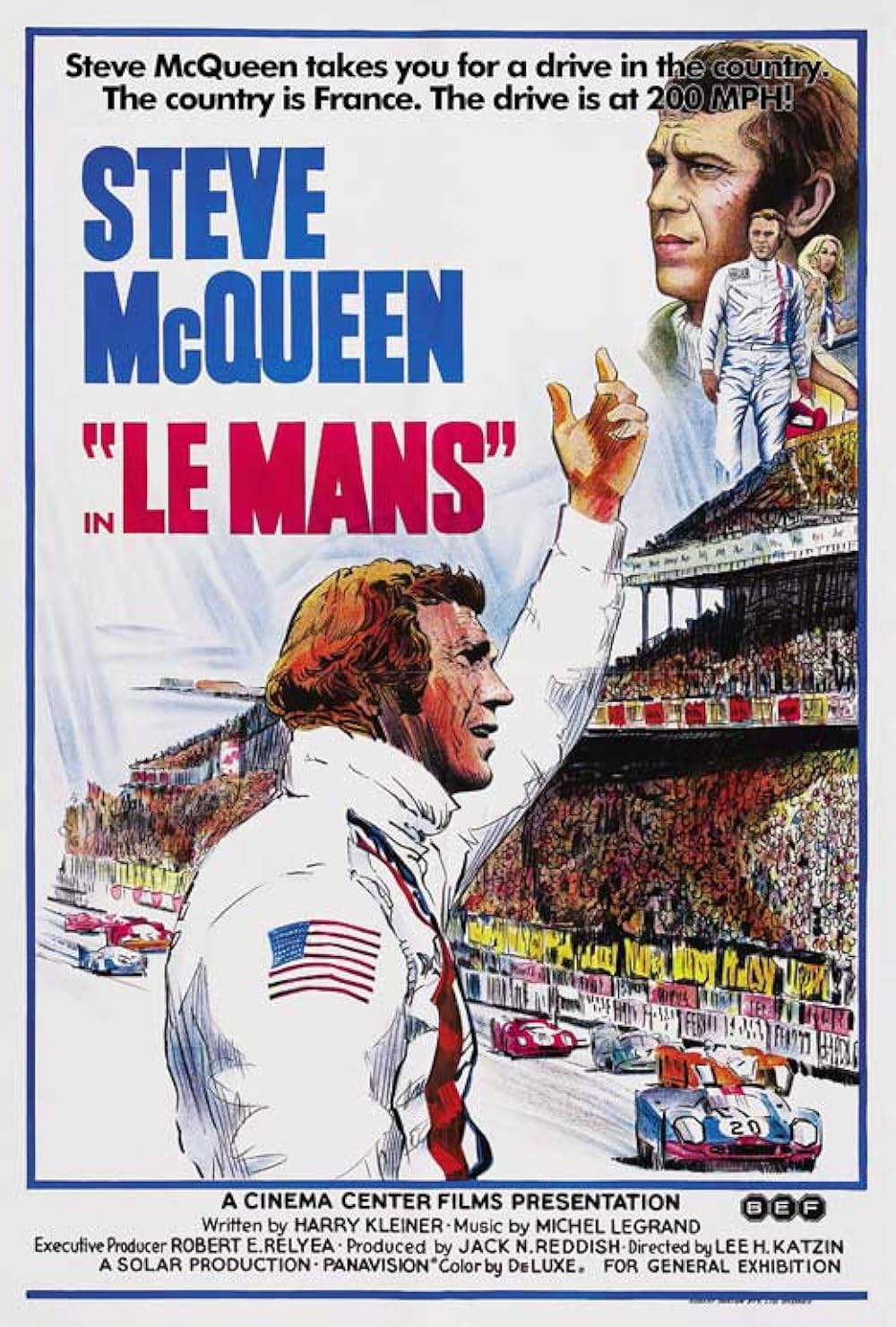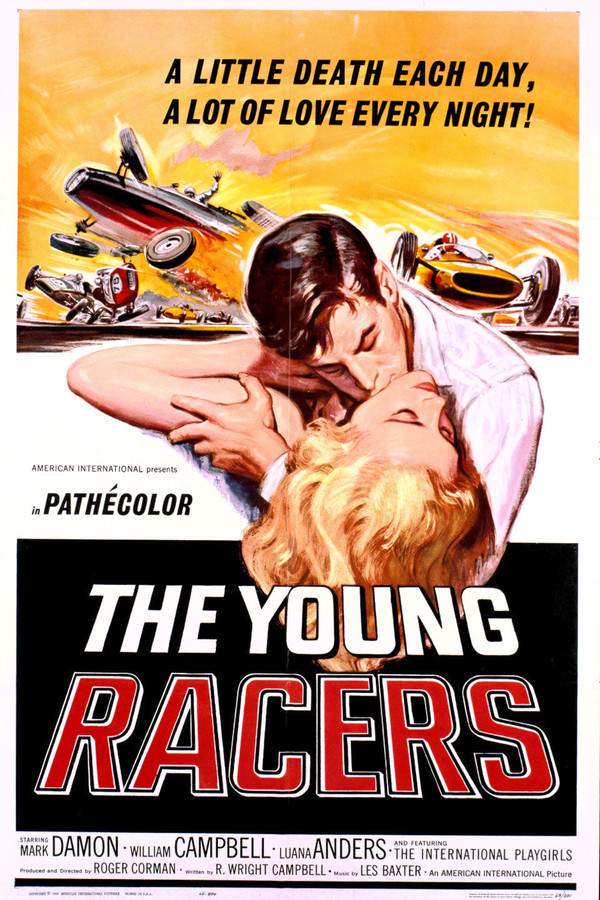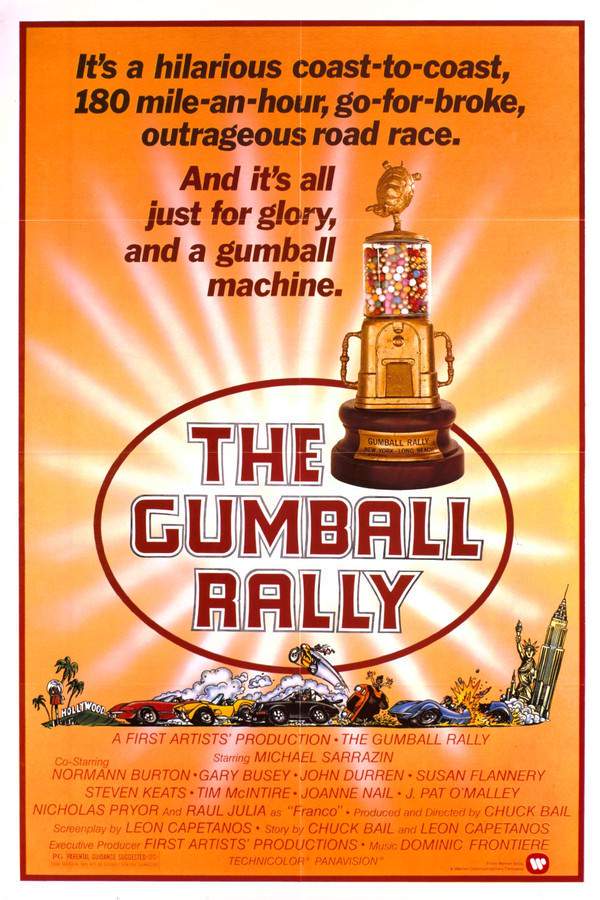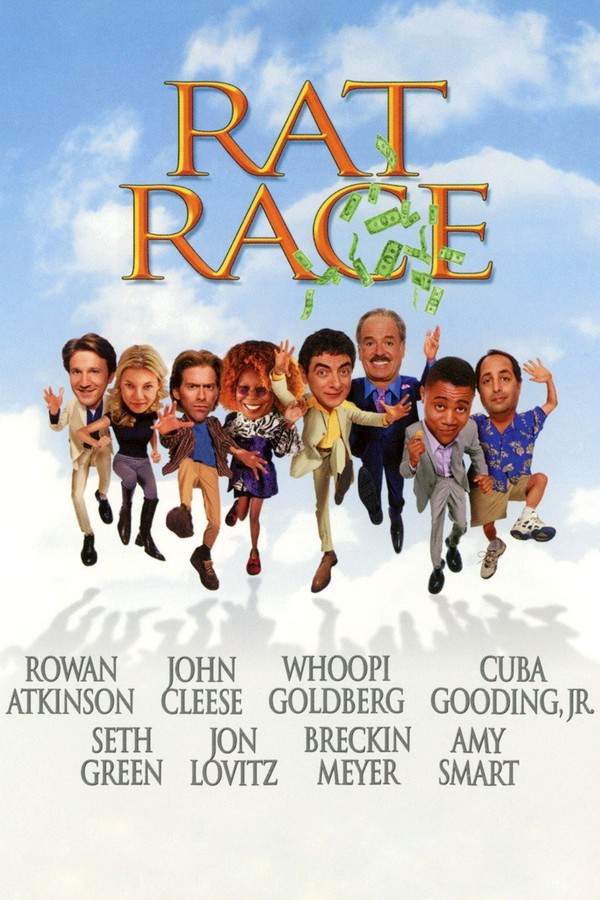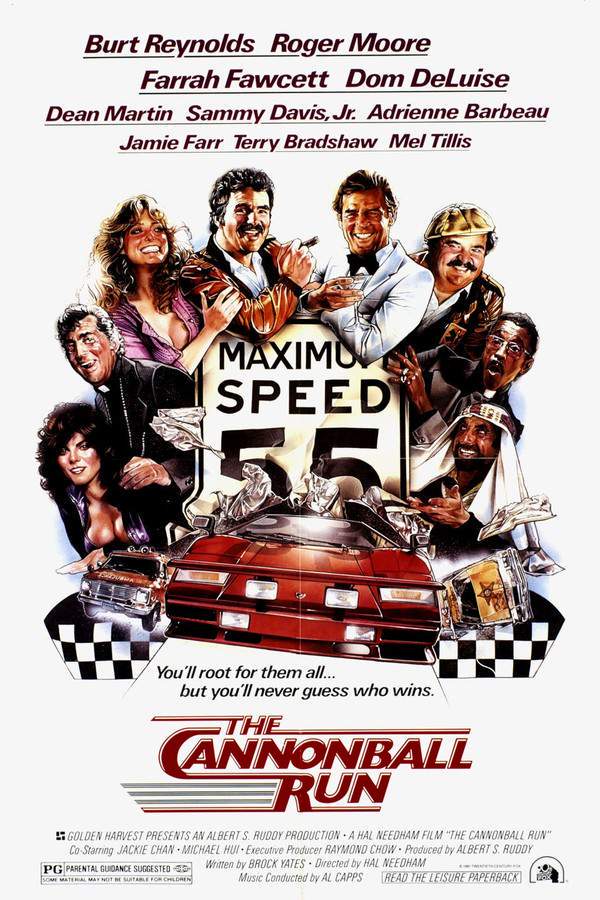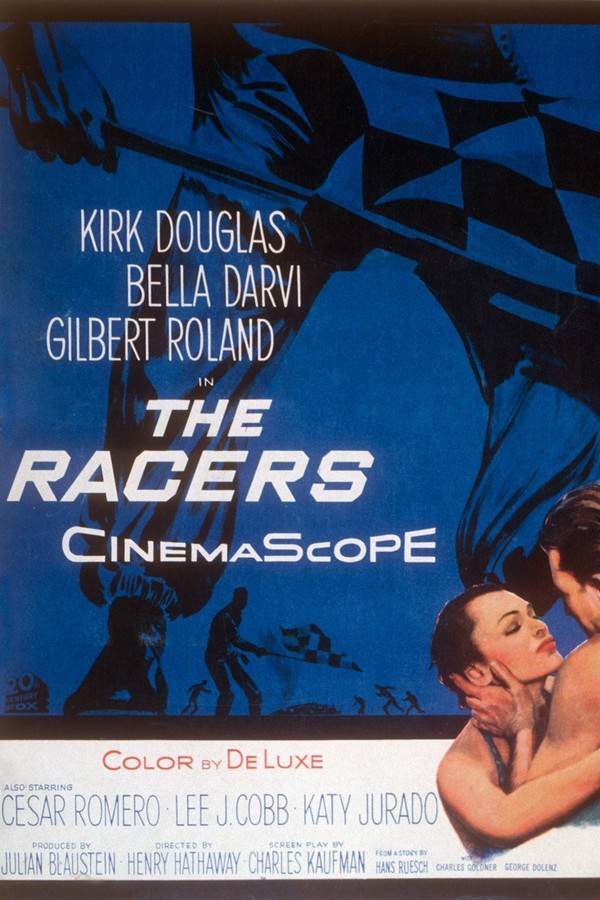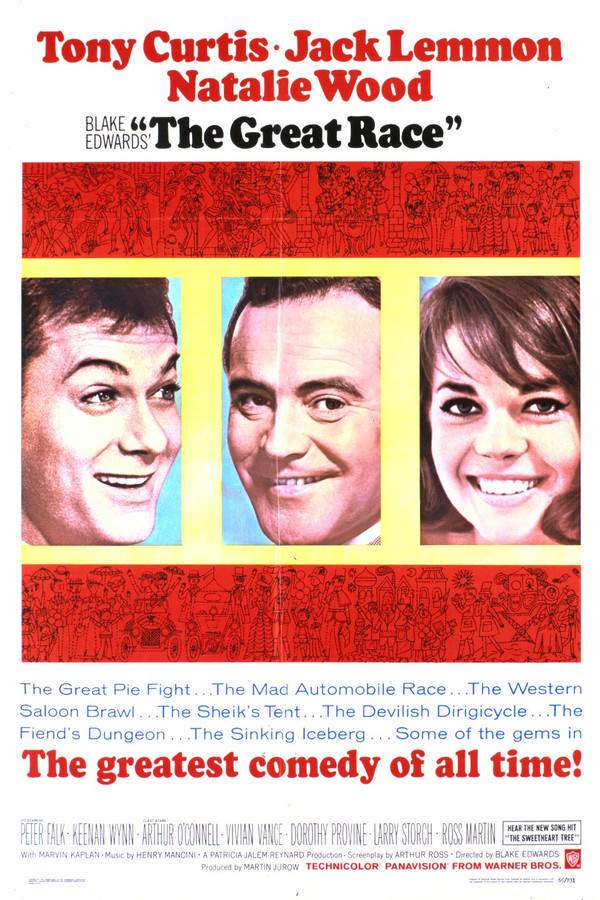
The Great Race 1965
Directed by

Blake Edwards
Made by

Warner Bros.
Test your knowledge of The Great Race with our quiz!
The Great Race Plot Summary
Read the complete plot summary and ending explained for The Great Race (1965). From turning points to emotional moments, uncover what really happened and why it matters.
Tony Curtis and Jack Lemmon team up once more in this grand comedy directed by Blake Edwards, presenting a delightful tribute to iconic silent film legends like Charlie Chaplin and Buster Keaton. The Great Race merges classic slapstick humor with exhilarating adventure, transporting viewers back to the early automobile era when innovative designers passionately crafted what were fondly referred to as ‘motor cars.’
The storyline revolves around a captivating global motor car race featuring Tony Curtis, who embodies the virtues of good manners and impeccable style, always dressed in striking white. He portrays a gentleman adventurer with an unwavering passion for automobiles, participating in the race with his elegant white roadster. His character is the epitome of chivalry, as he graciously stops to assist a lady, even in the heat of competition.
In stark contrast, Jack Lemmon takes on the role of the scheming antagonist, clad in black and accompanied by a clumsy sidekick reminiscent of Lex Luthor from Superman. His vehicle is a fantastical creation straight from the mind of a mad scientist, a bizarre contraption that is only vaguely recognizable as an automobile. It is laden with excessive gadgets, all designed for a singular purpose—eliminating the competition in outrageous ways.
Further enriching the narrative, Keenan Wynn portrays a multifaceted character who serves as Curtis’ aide, assistant, and navigator, showcasing both caricature-like charm and anachronistic qualities. He embodies the traits of a staunchly misogynistic 18th-century English butler, whose unwavering loyalty to his role frequently clashes with his distrust of women.
Just in time, the mesmerizing Natalie Wood graces the screen as a dazzling suffragette, adorned in exquisite Victorian fashion, complete with a parasol. She plays a groundbreaking female reporter striving to make her mark in a male-dominated newspaper landscape, constantly challenging the authority of her editor. Faced with the nagging pressure from his assertive wife, sympathetic to Wood’s cause, the editor finds his grip on control slipping as he struggles to prevent her from covering the race. Displaying true ingenuity, she enters the contest incognito, riding in a motor car funded by the paper itself.
The Great Race unfolds as a whimsical escapade, skillfully crafted by both a visionary director and a talented ensemble cast. This film not only celebrates the essence of storytelling but also rejuvenates the genre in a way that’s often overlooked in a time dominated by fleeting attention spans and studio demands for brevity. It’s a cinematic gem to share with the younger generation, filled with enough action and slapstick to engage even the most restless of viewers.
The Great Race Timeline
Follow the complete movie timeline of The Great Race (1965) with every major event in chronological order. Great for understanding complex plots and story progression.
The Setup of the Race
The grand global motor car race is announced, prompting excitement among automobile enthusiasts. Competitors from across the globe prepare their vehicles, driven by the spirit of adventure and competition.
Tony Curtis' Appearance
Tony Curtis is introduced as the gentleman adventurer, always dressed in striking white. His character embodies chivalry and good manners, striking a stark contrast to the race's ruthless competitiveness.
Introduction of Jack Lemmon's Character
Jack Lemmon is unveiled as the cunning antagonist of the story, cloaked in black with a comical sidekick. His outrageous vehicle, brimming with quirky gadgets, is designed for eliminating rivals in outlandish ways.
Keenan Wynn Joins the Race
Keenan Wynn joins Curtis as his aide and navigator, adding an engaging dynamic to the story. His character provides humor and occasional conflict due to his misogynistic tendencies, which clash with his loyalty to Curtis.
The Entry of Natalie Wood's Character
Natalie Wood appears as a dazzling suffragette and ambitious reporter. Dressed in beautiful Victorian attire, she challenges the male-dominated media landscape, determined to cover the race and prove her mettle.
Women's Empowerment Theme
The film highlights themes of women's empowerment as Wood’s character bravely confronts the obstacles posed by her male colleagues. Her determination to enter the race underlines her desire to challenge societal norms.
Curtis Assists a Lady
In the midst of the race, Curtis' character showcases his gentlemanly nature by helping a lady in distress. This act of kindness further solidifies his virtuous persona amid the competitive chaos of the event.
Lemmon's Scheming
Jack Lemmon's character employs various zany gadgets in his vehicle to sabotage the competition. His hilarious attempts to eliminate Curtis and other racers provide much of the film’s slapstick humor.
Wynn's Loyal Support
Wynn continually assists Curtis, providing comic relief and unpredictability. His commitment to assisting his master creates amusing situations that highlight his character's oddities and charm.
Natalie Enters the Race
Determined to prove her worth, Wood enters the race incognito, driving a car financed by her newspaper. This bold move encapsulates her groundbreaking stance as a woman in a male-centered environment.
The Race Begins
The race officially begins, with competitors showcasing their unique vehicles and strategies. Excitement builds as each racer embarks on their adventure, eager to prove themselves.
Unexpected Challenges
As the race unfolds, racers face a series of unexpected challenges and outrageous obstacles. Each competitor must navigate humorous predicaments while striving to maintain their lead.
Climactic Confrontations
Curtis and Lemmon's characters engage in various comedic confrontations throughout the race. These moments add layers of tension and humor, reflecting the intense competition.
The Race Concludes
After a series of wild escapades, the race comes to a climactic conclusion. The results reflect not only speed but also cleverness and the comedic antics of the participants.
Reflection on Adventure
The film ends with a celebration of the whimsical adventures faced by the characters. It emphasizes the bonds formed through competition and the joy of storytelling, leaving viewers entertained and reflective.
The Great Race Characters
Explore all characters from The Great Race (1965). Get detailed profiles with their roles, arcs, and key relationships explained.
Tony Curtis
Tony Curtis plays a gentleman adventurer, characterized by impeccable manners and a stylish demeanor. He embodies chivalry, showing kindness even amidst fierce competition, which highlights his virtuous nature. His elegant appearance and dedication to the race accentuate the film's themes of honor and bravery.
Jack Lemmon
Jack Lemmon portrays a cunning antagonist, cleverly designed with a flair for villainy. His character, equipped with a bizarre vehicle filled with gadgets, showcases a comedic yet sinister quality. The humorous foil to Curtis, he embodies the chaos and competition that drives the narrative.
Keenan Wynn
Keenan Wynn plays a multifaceted aide, combining charm with a comic portrayal of an English butler. His loyalty contrasts with his outdated views on women, providing humor and depth to his character. He adds a layer of comedic tension as he navigates the bizarre situations of the race.
Natalie Wood
Natalie Wood shines as a determined suffragette, embodying the fight for women's rights with her strong-willed nature. Her exquisite Victorian appearance juxtaposes her modern ambitions, making her character compelling and inspirational as she seeks equality in the journalism field.
The Great Race Settings
Learn where and when The Great Race (1965) takes place. Explore the film’s settings, era, and how they shape the narrative.
Time period
Early automobile era
The movie is set during the early days of automobile manufacturing, a pivotal time when design and engineering were rapidly evolving. This era is marked by a burgeoning fascination with speed and competition, as daring adventurers and stylish racers sought glory on the open roads, epitomizing a cultural shift towards modernity and innovation.
Location
Global motor car race, 18th-century England
The story unfolds across various global locations as racers compete in a high-stakes motor car race, showcasing the early 20th-century allure of automobile innovation. The contrasting settings emphasize the juxtaposition between elegance and chaos, with 18th-century England serving as a backdrop for character interactions and conflicts steeped in tradition.
The Great Race Themes
Discover the main themes in The Great Race (1965). Analyze the deeper meanings, emotional layers, and social commentary behind the film.
🏁
Competition
The theme of competition drives the narrative as the characters engage in a thrilling race, each with unique motivations. This rivalry not only showcases their individual talents but also highlights the contrasts between good and evil, ambition versus morality, and the pursuit of honor amidst chaos.
👩🎤
Female Empowerment
Natalie Wood's character embodies the spirit of female empowerment as she defies societal norms to pursue a career in journalism. Her bold actions challenge gender roles of the time, illustrating the struggle for equality and the importance of female voices in a male-dominated world.
🎭
Slapstick Comedy
The film celebrates slapstick comedy, drawing inspiration from silent film legends. Through exaggerated physical humor and whimsical antics, it serves as a nostalgic reminder of the art of visual storytelling, engaging audiences in laughter and heartwarming moments.

Coming soon on iOS and Android
The Plot Explained Mobile App
From blockbusters to hidden gems — dive into movie stories anytime, anywhere. Save your favorites, discover plots faster, and never miss a twist again.
Sign up to be the first to know when we launch. Your email stays private — always.
The Great Race Spoiler-Free Summary
Discover the spoiler-free summary of The Great Race (1965). Get a concise overview without any spoilers.
In an age when the roar of a motor car could spark wonder across continents, a flamboyant international contest sweeps the globe from New York to Paris. The race is as much a celebration of daring invention as it is a comedic romp, channeling the spirit of silent‑film legends with every pratfall, exaggerated stunt, and over‑the‑top gadget. The world feels both nostalgic and wildly inventive, a bright stage where polished roadsters and outlandish contraptions share the same road, inviting audiences to revel in a timeless blend of slapstick and high‑octane adventure.
Leslie arrives on the scene dressed in immaculate white, a picture of gentlemanly poise and effortless charm. He embodies the archetype of the courteous hero‑racer, his pristine roadster gleaming as much as his reputation for good manners. His confidence is matched by a natural flair for helping strangers even when the competition threatens to overtake him, establishing a magnetic pull that draws both rivals and admirers alike.
Across the field, Professor Fate counters with a cold, calculating intellect and a penchant for theatrical schemes. Cloaked in darker tones, his presence hints at a mind forever tinkering, his vehicle a marvel of eccentric engineering designed to outwit rather than simply out‑speed. The rivalry between the two becomes a chess match of wit and wills, each trying to out‑maneuver the other while the race itself spirals into a playground for elaborate tricks and daring feats.
Adding another layer to the spectacle, Natalie enters as a fiery suffragette reporter determined to carve her name into history. Armed with a keen eye for story and a stylish Victorian wardrobe, she weaves through the chaos, offering a sharp commentary on the male‑dominated world of speed while subtly influencing the contest’s pulse. Together with a loyal aide who navigates the finer points of the journey, the ensemble creates a vivid tapestry of personalities, promising a cinematic experience that is as much about character chemistry as it is about the roar of engines and the thrill of the chase.
Can’t find your movie? Request a summary here.
Movies with Similar Twists and Themes
Uncover films that echo the narrative beats, emotional arcs, or dramatic twists of the one you're exploring. These recommendations are handpicked based on story depth, thematic resonance, and spoiler-worthy moments — perfect for fans who crave more of the same intrigue.
Featured on this page

What's After the Movie?
Not sure whether to stay after the credits? Find out!
Explore Our Movie Platform
New Movie Releases (2026)
Famous Movie Actors
Top Film Production Studios
Movie Plot Summaries & Endings
Major Movie Awards & Winners
Best Concert Films & Music Documentaries
Movie Collections and Curated Lists
© 2026 What's After the Movie. All rights reserved.


